RMI Expeditions Blog




Flying into Quito you begin to grasp the magnitude and astounding beauty of the volcanoes surrounding the city. The dichotomy of the lush Amazonian rainforest and the high, snowy mountains leaves one with a sense of the diverse ecosystems of Ecuador. Our first day included trip introductions, getting to know each other and exploring the city. We spent the first half of the day at the equatorial line, learning about the indigenous people of the Amazon and their culture. The second half of the day we explored old Quito, checking out stunning architecture and discussing the current politics of Ecuador. Our second day we took a teleferico or gondola up to around 13,000ft to begin our acclimating hike up to the summit of Rucca Pichincha at 15,354ft. Everyone enjoyed snacks and laughs at the summit before heading back to Quito for a delicious Mediterranean dinner.
Posted by:
Categories: Mountaineering Fitness & Training

As an athlete, have you or are you currently caught up with anxiety wondering if your training is working and if it will be enough for your upcoming climb? We have all been there in the nervous countdown to the start of a big climb. A useful way to calm the nerves and get good information about whether to stay the course or change up something in our training can come from periodic benchmark tests.
Training plans require adaptation to adjust to individuals’ physiological differences, and benchmarks give you data points to make those adjustments. They also can help you understand how closely your current fitness aligns with the requirements of your next climb, so that you know if you are on the right track, need to adjust to add a bit more of a type of training, or have plateaued and need to shift training strategies to continue to see improvement. In order to get a good picture of how your fitness is changing, try to standardize your benchmark tests, so that each test gives you a good comparison to the last. The most useful tests for us as mountaineers fall into the categories of aerobic endurance and strength.
Aerobic endurance tests
The best way to measure and track improvements in aerobic endurance are with a time trial of sorts. The operative word is AEROBIC, meaning in zone 1 or 2. As climbers, we are trying to maximize the pace that we can move while remaining below our aerobic threshold, in a foot borne sport (ie running or hiking). There are a number of ways to create a test depending on the terrain you have available. One would be to choose a steady uphill hike that takes between 1 and 2 hours. Record the time it takes to do that hike from the same start point to the same end, hiking it as quickly as possible, while remaining in zone 2. As your aerobic fitness increases, you would expect to see that time decrease – you’ll be able to do the same distance and vertical more quickly with the same effort.
If hills aren’t available, try using a set running loop with the same idea. It’s also possible to do this test on a treadmill. Set the incline to the same point each time, and either run or walk a set distance, adjusting the pace on the treadmill to keep you in zone 2. As your fitness increases, you’ll be able to do the test at higher paces with the same effort, and your times will fall.
Mountaineering is in the end a sport of elevation gain, so we haven’t found a distance pace that equates to success in the mountains. It can still be useful for tracking the evolution of your aerobic capacity. In the mountains we use vertical distance to measure pace, as so much depends on the terrain that we are moving through. A good rule of thumb is that for a Rainier climb, we average about 1000 vertical feet per hour as our target pace. That’s while carrying a pack that weighs about 20 lbs. Your goal should be to have that pace be very comfortable so that you are well within your aerobic capacity throughout the climb. Being able to sustain 1500 or 2000 vertical feet per hour by the time of the climb, means that you’ll be well within your fitness capacity while climbing, and thus have plenty of energy for everything else that requires attention, like the terrain, taking care of yourself, and cold temps and weather.
Strength
Core and leg specific strength are important strength aspects in mountaineering. An easy way to create benchmark strength tests is to see how many reps (with good form) of given activity you can do in a minute. Rest for 30 seconds and repeat once more. You can do this with sit-ups, push-ups, pull-ups, and box steps.
Our bodies take time to adapt to training, so benchmark tests are useful if done every month or 6 weeks. Over that time period you can expect to see improvement from test to test in each of these categories. If you aren’t seeing improvement, talk to a personal trainer or coach to get some advice on how to adjust your training to get you back on track.
_____
Comments? Questions? Share your thoughts here on the RMI Blog!
I’m wondering about benchmarks to see if I am capable of completing a Rainier summit climb. I see in this article that one benchmark is being able to do 1500 to 2000 feet of vertical per hour? So if I am able to do Paradise to Camp Muir in 3 hours with about a 35lb pack would this indicate I am capable of a summit climb? (With a 20lb pack?)
I think I’m capable but want to have a benchmark that gives me the confidence that I can make it. I’m plenty disciplined, committed, etc so I know I’ll suck it up mentally but want to make sure I can do it physically.
Thank you. Dan
Posted by: Dan Hovde on 1/20/2024 at 6:30 pm
Posted by: Dave Hahn
Categories: Expedition Dispatches Gokyo Trek

Everything went like clockwork this morning, smooth and easy. We ate a last trek breakfast and walked toward the Lukla heliport at 7 AM. There were clouds, but there were also plenty of aircraft coming and going already. After a short wait and weigh-in session, we were ushered out and into a running A-Star B3. The pilot went right to work and we cruised out over farms, ridges, rivers and terraces. He took us around clouds but there were always plenty of open avenues. After 45 minutes we’d reached the busy Kathmandu airport. Within minutes we went from being a famous and well above average trekking team to just another van full of tourists in a big city. We checked back into the comfy Yak and Yeti and headed for the showers. It was a day for catching up, for mingling with other trekkers and climbers and for getting ready for the next phase… the big travel chore. But first, we went over to Thamel, the busy tourist and trekker Mecca for a last relaxed dinner together at the New Orleans Cafe. We toasted a fine journey… one that wasn’t always easy, but one that seemed very much worth the trouble.
Thanks for following along.
RMI Guide Dave Hahn
Posted by: Dave Hahn
Categories: Expedition Dispatches Gokyo Trek



We walked for seven hours today… of course we did take a leisurely lunch break in Phakding, so it was less. But it felt like a big day. We lost about 2,000 vertical feet in the first hour, coming down the Namche hill. That was significant, since it meant we were then working at low altitude (around 9,000 ft) which was easier than so much of what we’ve done in the last week. It was a cloudy day, but there was an amazing amount of helicopter traffic overhead. And there were plenty of trekkers, porters and pack animals on the trail. It is prime time in the Khumbu. Still, we had some fine peaceful moments gazing at waterfalls and flowers and children playing on small farms. We bounced across a bunch of cable bridges and finally we climbed uphill for the final 90 minutes to reach Lukla. We’ll spend the night and see if we get lucky with clear weather for flying in the morning.
Best Regards
RMI Guide Dave Hahn
Posted by: Dustin Wittmier
Categories: Expedition Dispatches Mexico




Thanks everyone for following along and once again, a shout out to Farmer Dave for all the encouragement!
Climbing Orizaba is never easy. We ended up having a great weather day and route conditions were also favorable. But it still felt like a hard push after the long week of being rained off of big mountains and spending hours drying gear. The team can take pride in their perseverance and their summit of Pico de Orizaba, the third highest peak in North America.
Last night we celebrated in Tlachichuca at the Servimont hostel, where there is always a nice meal and cold drinks. Most people were in bed by 8pm, it was quite the party. Now we are on one final bus ride, to the airport this time, and will return to normal life tomorrow. The muddy, dusty gear we are bringing home will remind us of the good times we had in Mexico.
RMI Guide Dustin Wittmier
Hey Dustin! Way to go getting your Team to the Top!!! Brought back Awesome memories!!!
Farmer Dave
Posted by: Dave Kestel on 10/15/2023 at 10:33 am
Saturday, October 14, 2023 7:11 am PDT
Summit Orizaba. High clouds, cool, light breeze. Nice day!
RMI Guide Dustin Wittmier & Team
Way to Go Dustin and Team!! Great Job !!!
Posted by: Dave Kestel on 10/15/2023 at 3:50 am
You did it!! Congratulations!
Know you are all stoked it worked out! Well done!
Posted by: Judy collins on 10/14/2023 at 5:17 pm



As hoped, we woke up a bit more refreshed and recharged at 13,200 ft Dhole. We were already under puffy clouds as we began walking, but they weren’t very threatening. Our trail took us further down yesterday’s steep sided valley. The river far below was positively boiling and churning in its gorge as we passed down into trees (for the first time in nearly a week). Finally, we had to climb out of the valley we’d been descending. We gained 1200 feet in a short distance… which we each realized would have been a tough thing at 13,000 ft earlier in our trek. This time we cruised, acclimated and conditioned to hiking every day. At the top of our climb, we reached Mong La and sat outside sipping tea to enjoy views of Ama Dablam, Thamserku, Tawoche and Kangtega. We moved on -with a few more ups and downs, to the beautiful village of Khumjung with its neat yak pens and potato fields. We enjoyed a leisurely lunch and then walked through the grounds of the Hillary School as we headed for one last mountain pass to Namche. It felt easy as anything to come back into the luxury of the 11,300 ft Camp De Base Hotel for an afternoon and evening. One more big day of walking remains.
Best Regards,
RMI Guide Dave Hahn & Team


Alright, we are rested and have pressed the reset button. A rest day in Puebla is always well deserved for a group that has been tromping around in the mountains and enduring long bus rides. Rest day activities included all the standard stuff: museums, sampling local coffees, the bouldering gym, walking around the historic city center and a nice team dinner.
We are now on the bus, headed for Tlachichuca and it's a nice morning. Everyone is hopeful that the weather will be better than on Ixta, where we were slammed by rain and wind associated with the category 2 Hurricane Lidia, the eye of which passed just to our north. That was certainly an experience. We're looking for something less dramatic on Orizaba. Stay tuned for an update tomorrow afternoon!
RMI Guide Dustin Wittmier
Hey Dustin! I hope you have the weather I had on Orizaba….Perfect!! I hope you all get to see the shadow of Orizaba in the valley below!!
All the best!!
Farmer Dave
Posted by: Dave Kestel on 10/13/2023 at 1:29 pm



We got a lot done today. Things started out crystal clear at 15,600 ft in Gokyo this morning. We started walking at our customary 8:00 am. At first we strolled along one glowing turquoise lake after another, then we got moving down steeper descents along a charging, churning river. It got really big when we reached the terminus of the Ngozumpa Glacier. The steep sided valley got bigger and bigger. We had “new” mountains to look at on all sides. Despite the rugged and confining valley, we’d occasionally come across hidden side valleys with vivid green yak pastures and a few tea houses. We took advantage of one of those houses to simply sit outside and sip tea for a relaxing 45 minutes. Then it was back to work, dropping altitude. We rolled into 13,200 ft Dhole and settled into the welcoming Alpine Lodge after about four hours travel. High altitude was wonderful and exciting…but none of us mind being a little lower. Eating is easier, sleeping is easier…almost everything is easier. The afternoon clouded up--again--and so it wasn’t hard to just take it easy after our big walk.
Best Regards,
RMI Guide Dave Hahn




The team survived sleeping at 15,600 ft In fact there were still smiles all around and everybody was into going for a hike. It didn’t hurt that daybreak in Gokyo was beautiful… Cho Oyu, the sixth highest mountain in the world, was just up the valley and glowing magically. We headed toward it after breakfast. We walked for three hours along the massive Ngozumpa Glacier to a place called Fifth Lake (by those of us unable to pronounce the local name). There, from 16,500 ft, we had a few minutes of unimpeded views of Everest and Lhotse as well as the nearby and spectacular Gyangchungkang. Then the clouds came in and we headed back toward our comfy digs in Gokyo. We were back before the snow flurries flew. The day was made more enjoyable by the fact that we saw a total of two other people in the giant valley we chose to explore.
We’ve got a final night in Gokyo now before we point downhill in the morning.
Best Regards
RMI Guide Dave Hahn



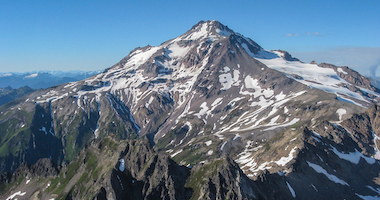


.jpg)
.jpg)
.jpg)
.jpg)
.jpg)
.jpg)
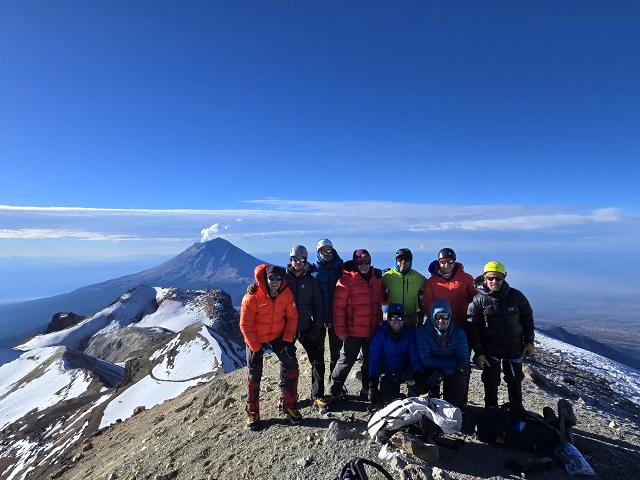
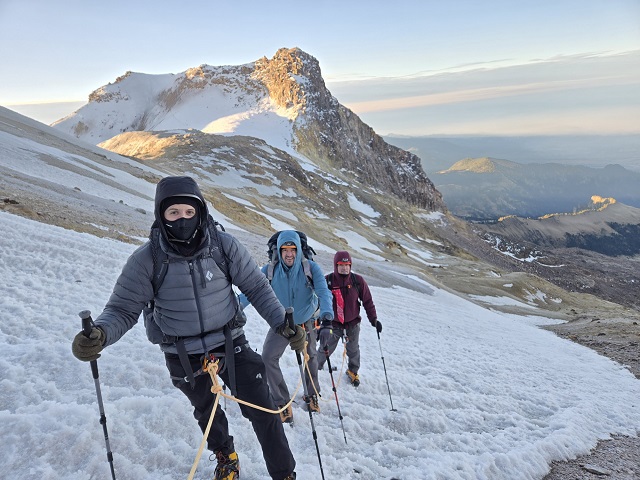


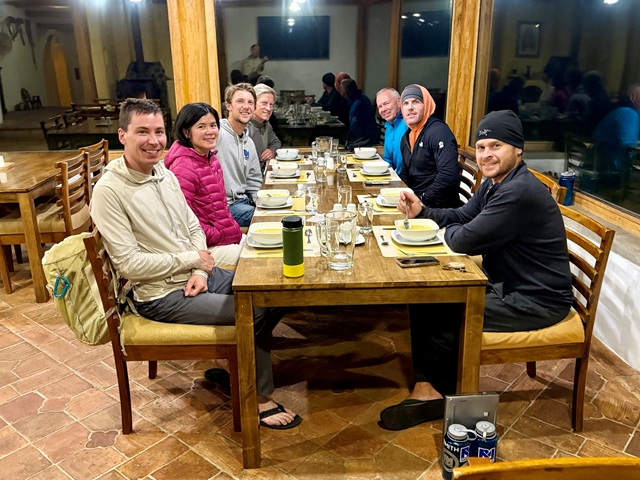

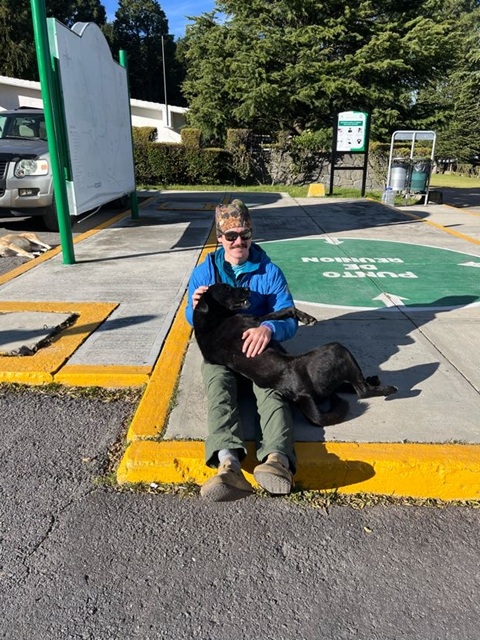
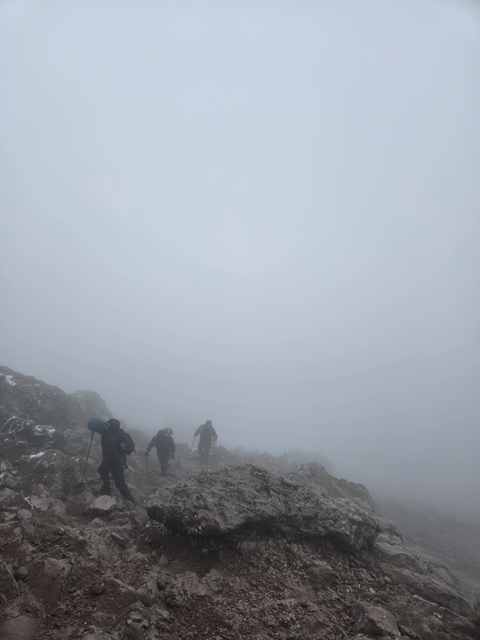
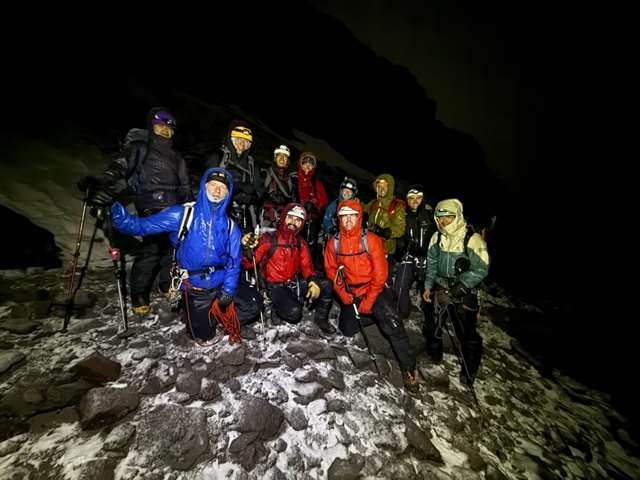


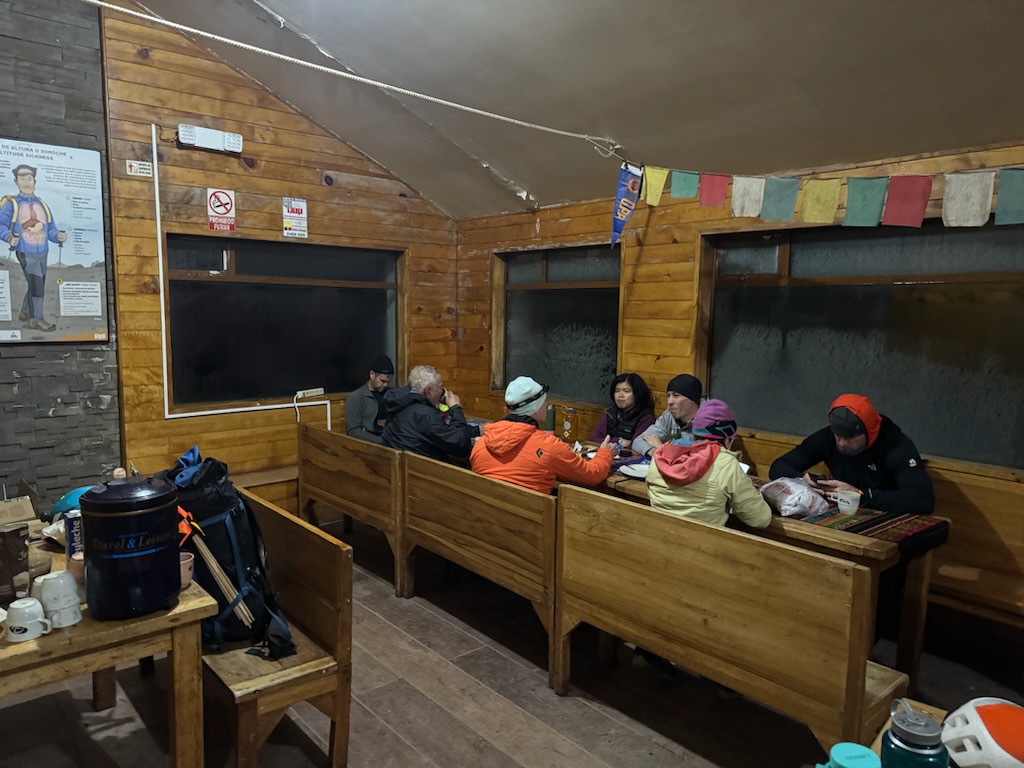

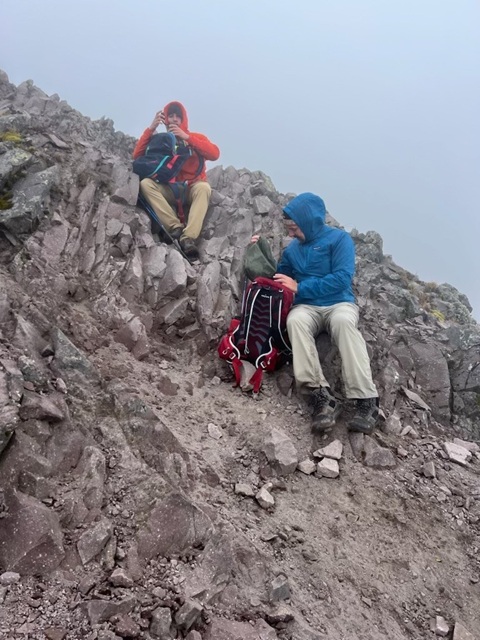
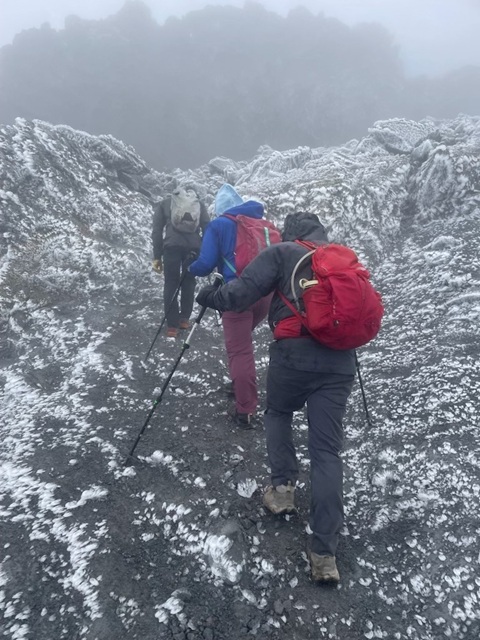



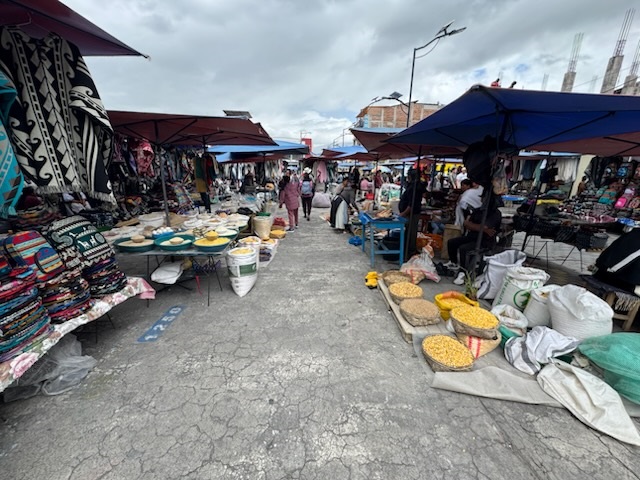
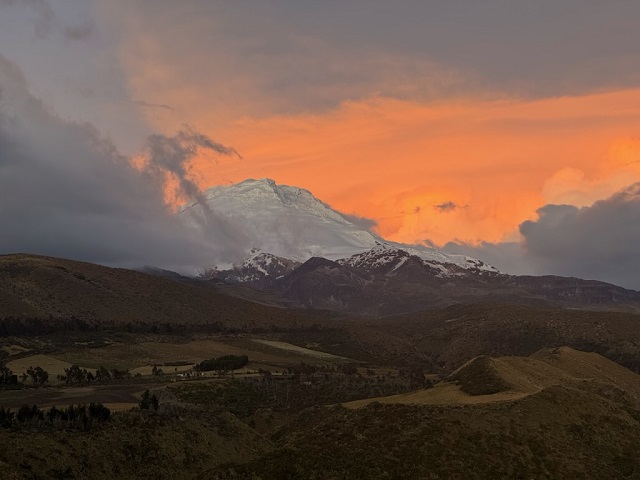

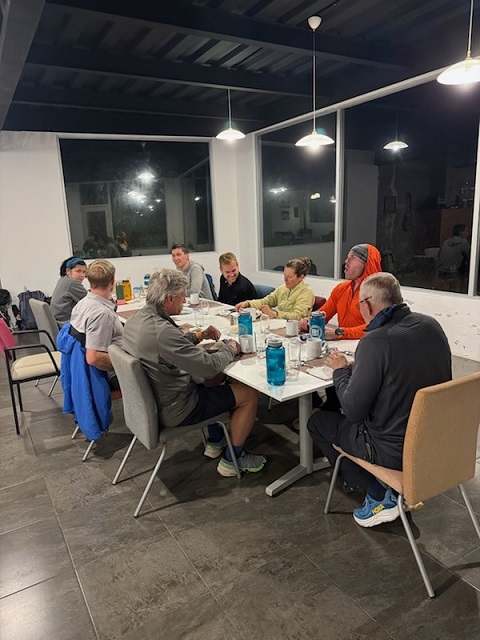
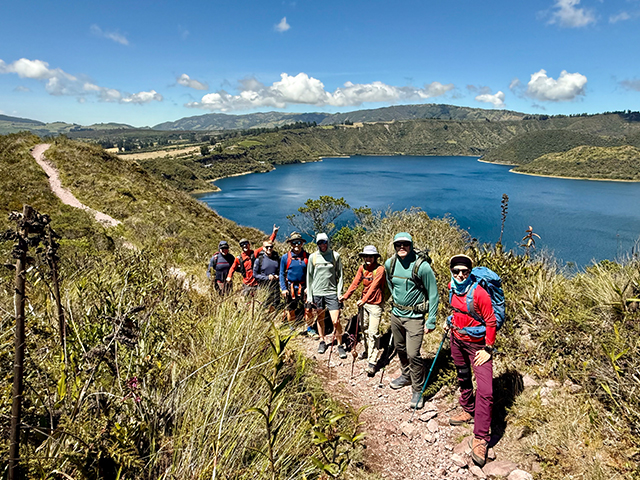
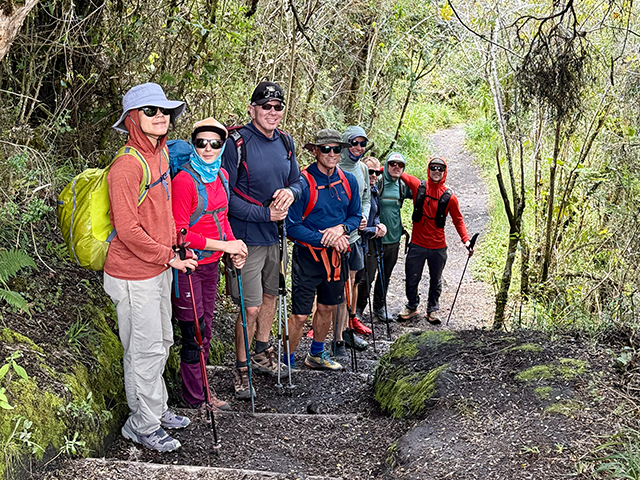
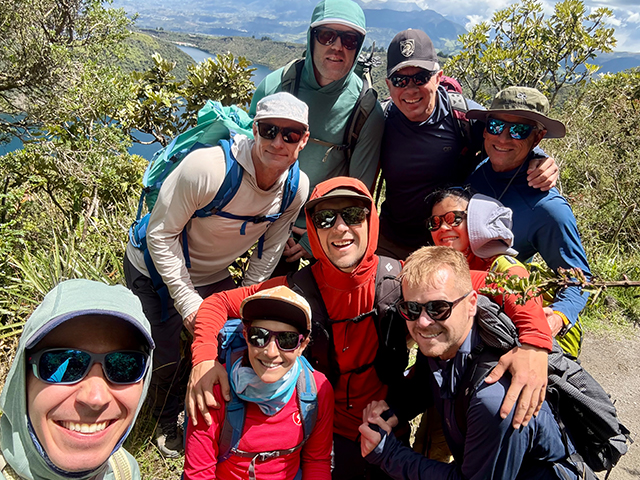
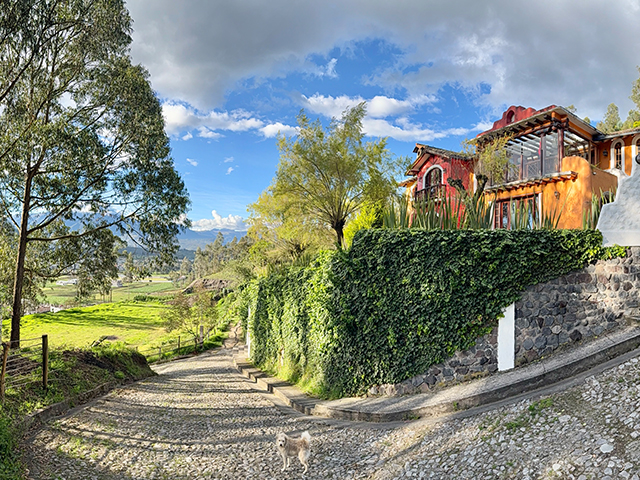






Best of Luck to the entire team from US, especially from Chicago and NY. Wish I was there with you guys.
Good Luck on Antisana and Chimborazo. Carpei Diem…!!!
Fernando Carranza Sr.
Posted by: Fernando R Carranza on 11/2/2023 at 1:00 pm
Stunning sunset!
Posted by: Jean Wittmier on 11/1/2023 at 11:35 pm
View All Comments